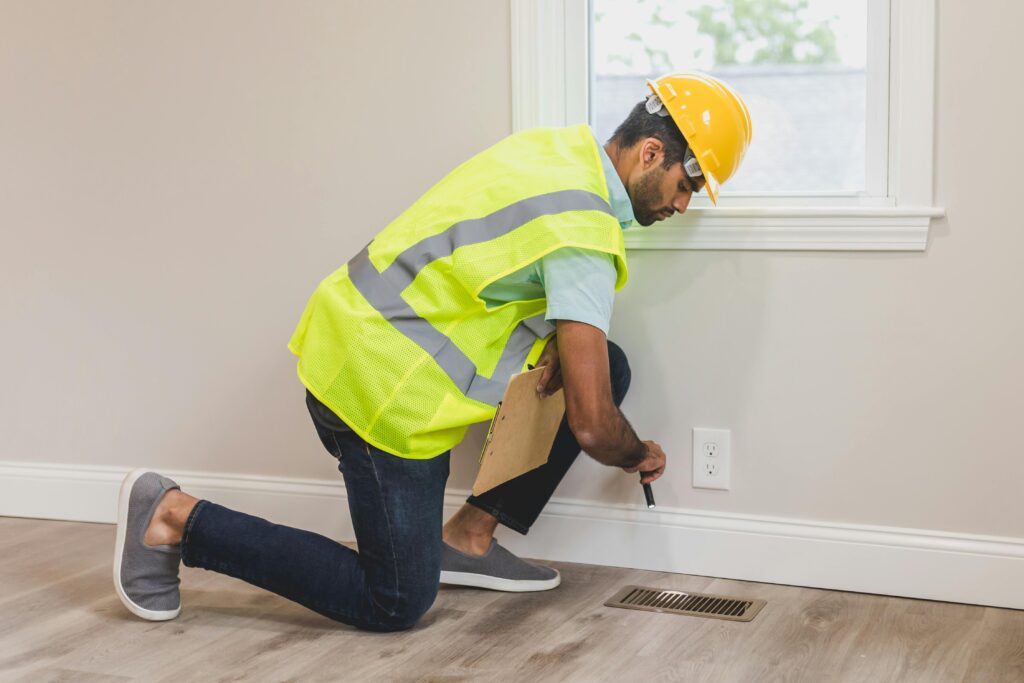
When it comes to creating a comfortable living environment, few things are as important as good airflow. Properly designed duct systems play a pivotal role in regulating temperature and ensuring that every corner of a room feels just right. Let’s dive into the merits of aerodynamics when it comes to duct placement and explore some practical tips for optimizing airflow, even if you’re working with existing duct vents.
Understanding Aerodynamics in Duct Design
Aerodynamics is all about how air moves through a space, and it directly impacts how efficiently your heating, ventilation, and air conditioning (HVAC) system operates. When ducts are strategically placed, they can minimize turbulence and maximize airflow, ensuring that conditioned air reaches all areas effectively.
Think about it: if ducts are too close to walls or other obstructions, air can get trapped or redirected in ways that reduce efficiency. Ideally, ducts should be installed in locations that allow air to flow freely, avoiding sharp turns and bends. This is where the principles of aerodynamics come into play.
Merits of Thoughtful Duct Placement
- Enhanced Efficiency: Well-placed ducts can significantly improve the efficiency of your HVAC system. When air flows smoothly, the system doesn’t have to work as hard to maintain desired temperatures, which can lead to lower energy bills.
- Consistent Temperatures: Proper airflow helps in maintaining uniform temperatures throughout a room. This means no more hot spots or cold drafts—just comfortable, consistent heating or cooling.
- Reduced Noise: Good airflow design can also minimize noise. When air moves freely without obstruction, it can lead to a quieter system, making your living spaces more peaceful.
Tips for Optimizing Existing Duct Vents
If your duct system is already in place, don’t worry—you can still optimize your airflow. Here are some practical steps to consider:
- Check for Obstructions: Take a look at your vents and the surrounding area. Furniture, curtains, and decor can all obstruct airflow. Ensure that your vents are unobstructed to allow air to flow freely into the room.
- Use Vent Covers Wisely: Consider adjustable vent covers that allow you to control airflow direction. This can help you direct air where it’s needed most, enhancing comfort and efficiency.
- Seal Duct Leaks: Leaky ducts can drastically reduce airflow. Inspect your ductwork for any visible leaks and seal them with duct tape or mastic. This simple step can improve your system’s efficiency.
- Clean Your Vents: Dust and debris can build up in vents over time, restricting airflow. Regularly clean your vents to ensure optimal performance.
- Consider the Layout: If certain areas of your home feel stuffy, think about how air is moving throughout the space. Sometimes, simply rearranging furniture or changing the placement of items can make a big difference in airflow.
- Utilize Fans: Ceiling fans or portable fans can help circulate air more effectively in a room. This not only improves comfort but also helps balance the temperature across the space.
In Conclusion
Understanding and applying the principles of aerodynamics in your home’s duct placement can lead to significant improvements in comfort, efficiency, and overall enjoyment of your space. By following these tips to optimize existing duct vents, you can create a more pleasant living environment without the need for extensive renovations. Remember, small changes can lead to big results in how air flows through your home.
